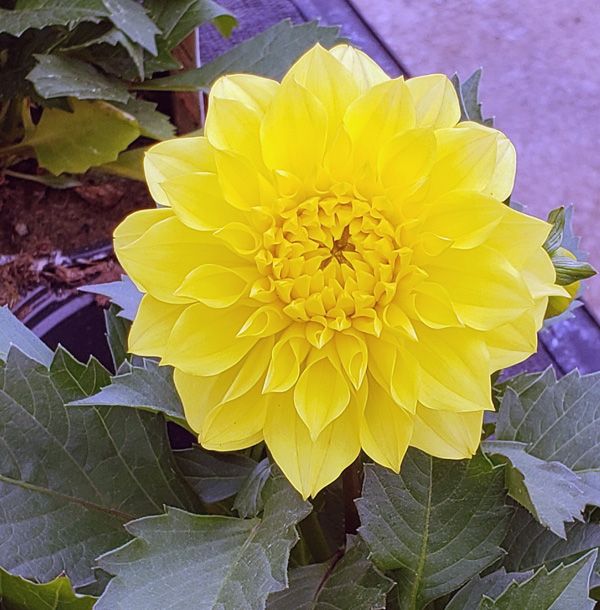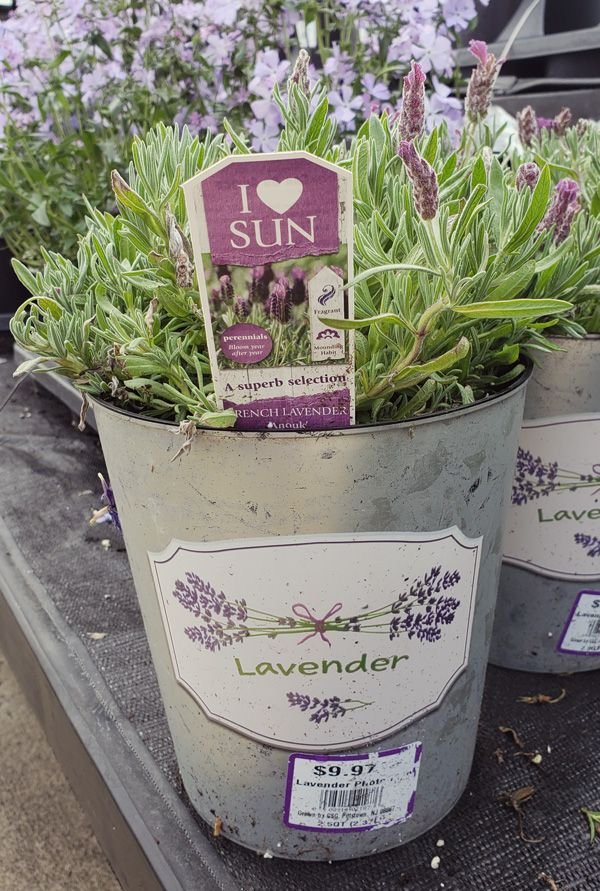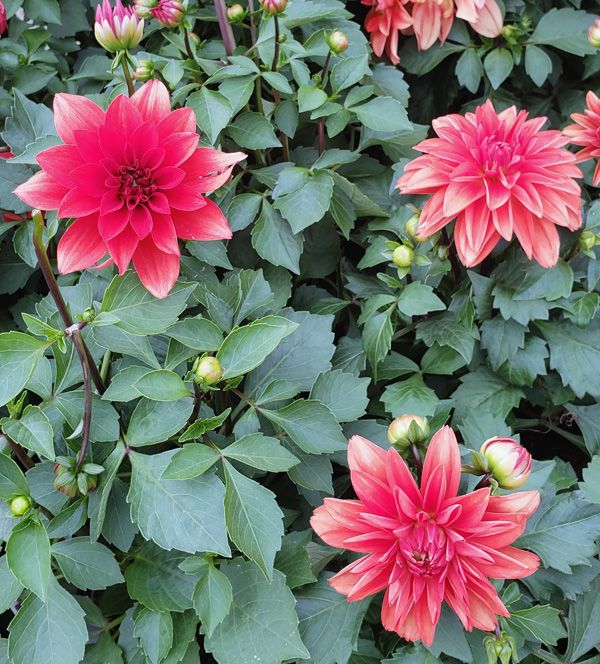Our Journey to Save the Bees in Area, Part 3
How I am Helping to Save the Bees in Our Area, Part 3

As I have mentioned in the previous post, bee pollination is responsible for our food production. However due to increasing use of chemical spraying, the bee is either killed or produces a weaker bee that has to work twice as hard to do the same amount of work. The bees habitats are also decreasing. That is what brings me to my post today.
I am on a mission to help save the pollinating bees in our area. I am going to plant flowers and other types of plants that attract and feed bees. This will help strengthen their colonies and help them to produce more bees. I am also working towards having a beehive next year.
I have started taking online classes on how to build and take care of a beehive. I am taking these classes through PerfectBee.com. Articles are delivered to my Email and they are in three sections per Email. I am also given quizzes to check to see if I am learning what I will need to know to have a successful beehive. The course is self paced and incredibly it's FREE!!!!

When I started researching these classes, because let's be honest I have no clue on how to take care of a beehive. I need all the information I can get. While researching classes on how to take care of a beehive, I found you could spend up to $70 per course. That is a lot of money when there are several courses. However, at PerfectBee.com it is free. There is also a host of information on their site, here is the link:
These classes have taught me a few new things, just in the first article. In section 1.1, article 1, "Why Bees Rock," I learned what Mutualism is, more statistics on bees and food production, and how many bees can be in a hive, is astounding. Plus, the gorgeous benefit of a beehive, Honey!! According to PerfectBee.com Mutualism is;
" a way for two organisms of different species to share a mutually-beneficial relationship. The honey bee and flowering plants represent one of the most successful examples of mutualism in nature. (PerfectBee.com, 2018)
The statistics on these little scientific and successful wonders are astounding;
-   ;The majority of the food we eat can be traced back to bees visiting flowers.
- Around 75% of native plants globally require animal pollination, much of which is through bees.
- A significant portion of the food we eat is on our table due to the efforts of pollinators.
- The economic benefits are huge, with pollinators being responsible for over $15 billion of food crops - in the US alone.
- It is not uncommon to see yields from an orchard grow by 50%, 60%, 70% or more when a beehive or two are installed. (PerfectBee.com, 2018)
The size of a hive can be up to 60,000 bees and they all together produce up a 100 pounds of honey in ONE season. That is a lot of honey. However, one pound of honey requires 2 million trips to flowers. That means all the bees in the hive have to make 2 million trips to flowers to produce one pound of honey, which is 55,000 miles. Now to produce 100 pounds in one season that would be 200 million trips to flowers. Whew, I got tired thinking of the trips, I don't want to even see the number of miles. :)

The more I learn about these cute little wonders the more I am resolved to help. Through this post I have placed pictures of plants I will be planting in my bee garden and throughout my pumpkin garden to encourage pollination and to help feed their colonies, plus as you know helps to make that yummy honey :)
Here are few more interesting bee facts from PerfectBee.com
- After they are born, bees pass through a series of age-based roles.
- Bees can communicate through vibration.
- Foraging bees return to the hive and, through a merry dance, signal the distance, direction and quality of the resources they have located.
- The first job for a queen after she is born is to check for any unborn sister queens - and kill them with her sting if any exist!
- The queen can lay up 2,000 eggs or more per day.
- Larvae are each fed 1,000 times per day as they develop.
- Worker bees live around 6 weeks - unless they are born in late fall, in which case they can live up to 5 months till the following spring.
- Even when snow surrounds a beehive, worker bees inside will keep the queen at a toasty 93 degrees.
- Male bees (drones) don't help around the house, they have one thing on their mind and get kicked out by workers, to die, in the fall. (Perfectbee.com, 2018)
Thank you for reading :) Please consider planting a bee garden or just some yummy flowers for them to visit. It will not only help the bees but it will give you something beautiful to look at :) Please comment below I would love to hear from you :)
Reference:
PerfectBee, LLC. (2018) Beekeeping Course, Section 1.1."Why Bees Rock" Article. Retrieved from, https://www.perfectbee.com/learn-about-bees/the-science-of-bees/why-bees-rock/?utm_source=ActiveCampaign&utm_medium=email&utm_content=The+Science+of+Bees+Stage+Summary&utm_campaign=Beekeeping+Course%3A+Section+1+Summary
All Photo's Exclusively By - @imaginedragon